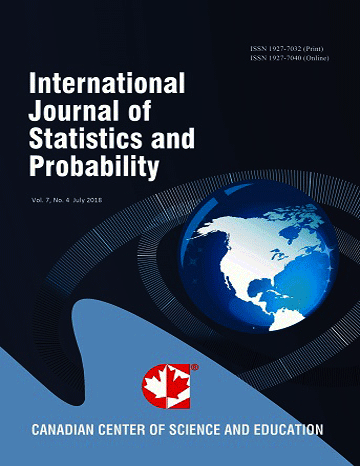Modeling Event Clustering Using the m-Memory Cox-Type Self-Exciting Intensity Model
Abstract
In the analysis of point processes or recurrent events, the self-exciting component can be an important factor in understanding and predicting event occurrence. A Cox-type self-exciting intensity point process is generally not a proper model because of its explosion in finite time. However, the model with $m$-memory is appropriate to analyze sequences of recurrent events. It assumes the most recent $m$ events multiplicatively affect the conditional intensity of event occurrence. Aside from the interpretability, one advantage is the simplicity of the estimation and inference--the Cox partial likelihood can be applied and the resulting estimator is consistent and asymptotically normal. Another advantage is that the model can be applied to the analysis of case-cohort data via the pseudo-likelihood approach. The simulation studies support the asymptotic theory. Application is illustrated with analysis of a bladder cancer dataset and of an Australian stock index dataset, which shows evidence of self-excitation.
 PDF
PDF
